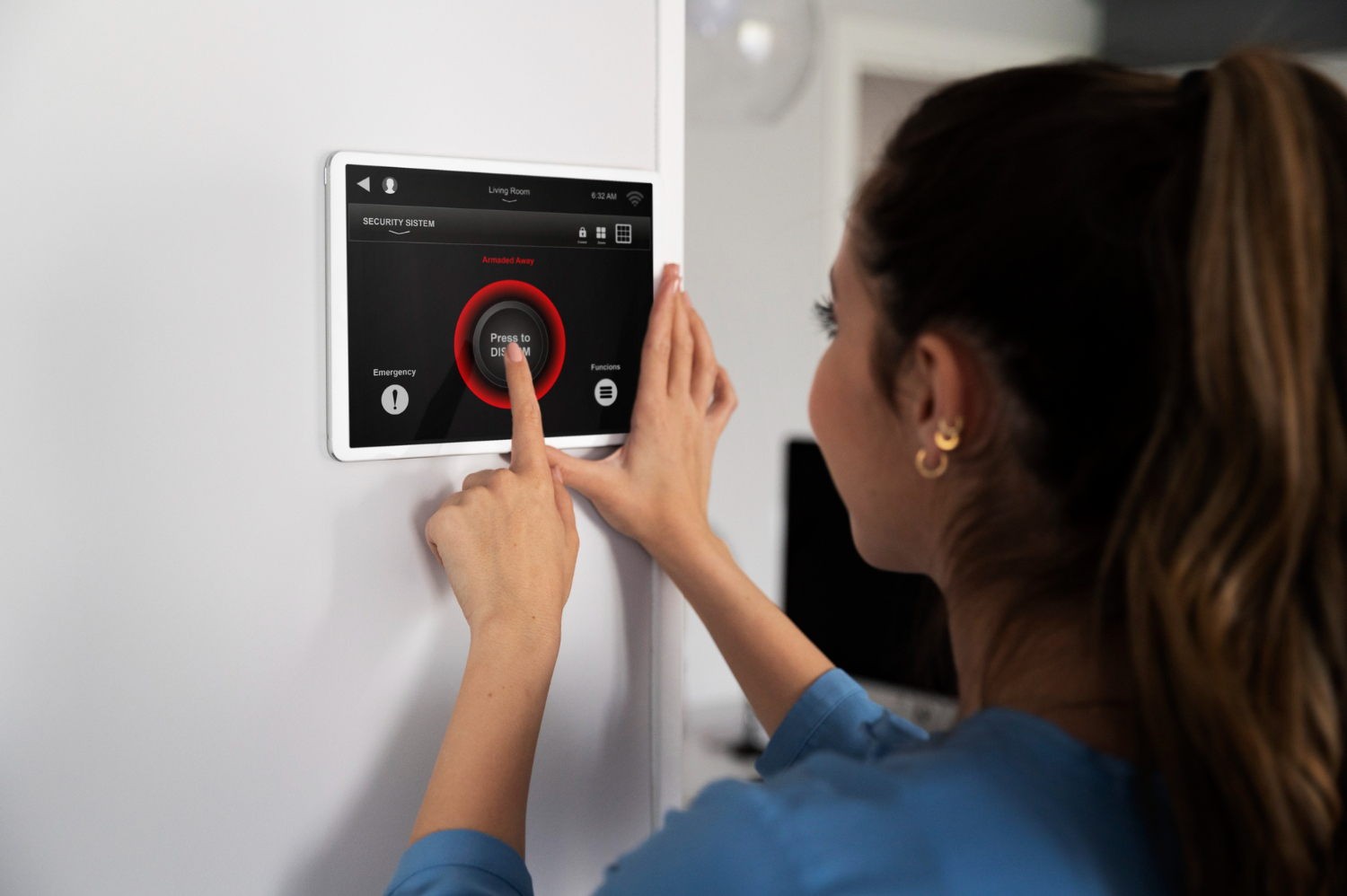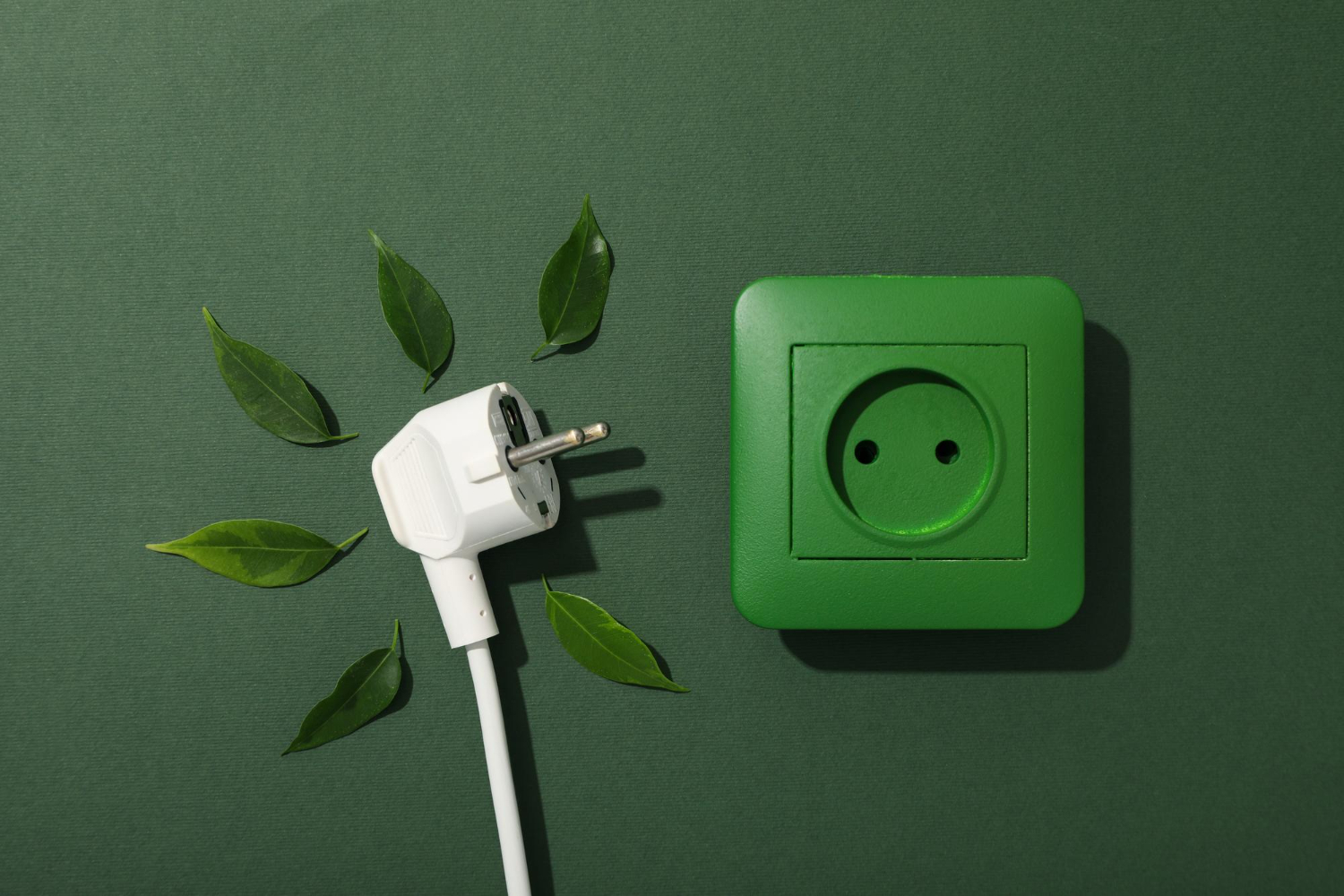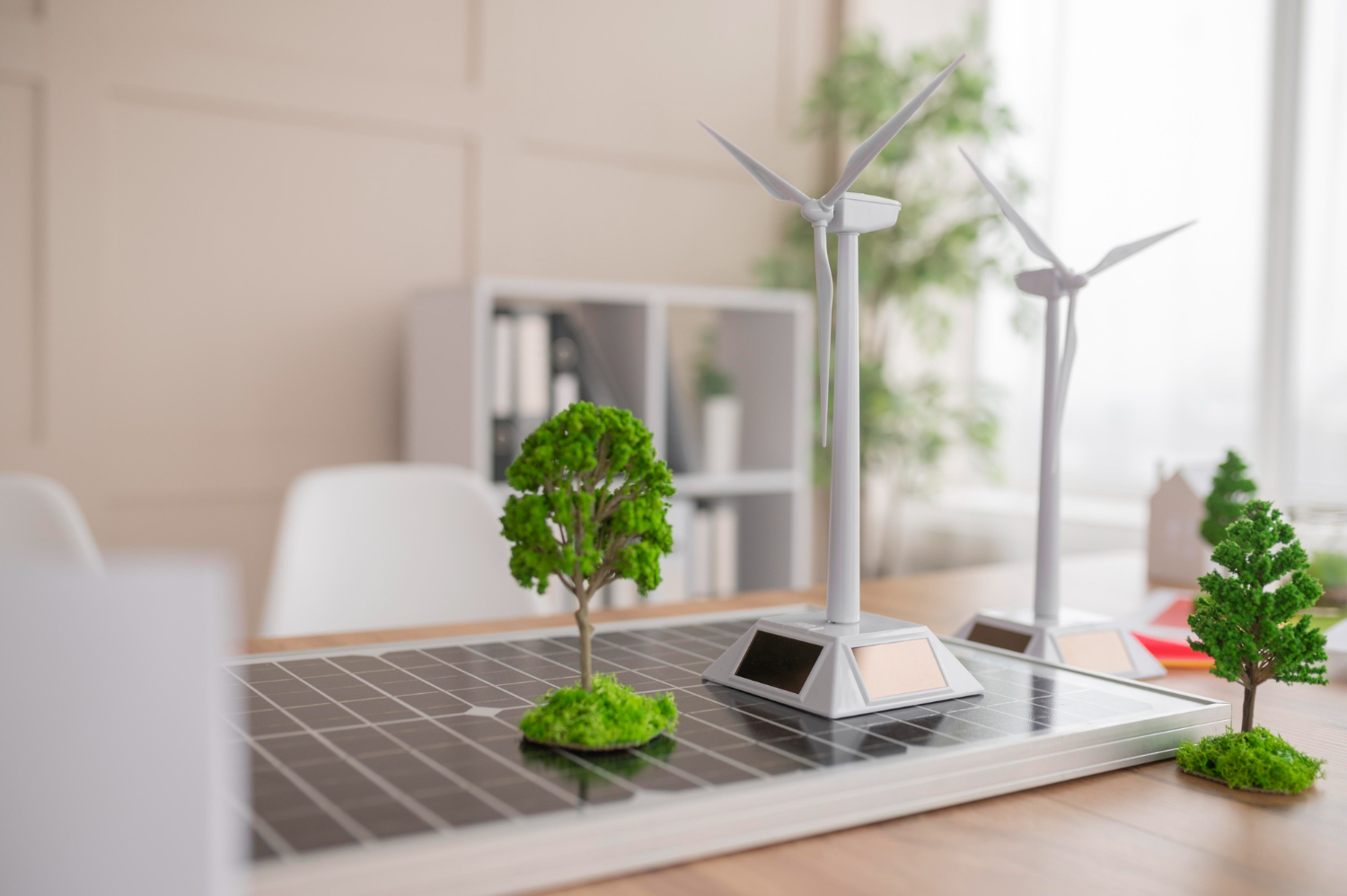Energy price pressure has shaped the way we run our homes. The good news is that small, steady changes cut electricity consumption without hurting comfort. The following 10 tips for saving energy focus on practical steps you can take today.
Each way to save is simple, clear, and based on habits and basic home improvements. Use them to reduce your energy use, trim electricity bills, and make your home an energy-efficient home in 2025.
1. Track Your Energy Use with A Smart Meter
Start with visibility. A smart meter shows how much energy you use in real time. You see the spikes when you boil a kettle, run a tumble dryer, or leave lights on in empty rooms.
That instant feedback helps you save energy at home because you can link actions with cost. Set a daily budget and watch how small choices change your energy consumption.
Many people find that a few minutes of attention each evening could save a typical household a noticeable sum month after month. You gain control, reduce the amount of energy you waste, and build habits that help you save money on bills.
2. Adjust Heating and Fix Draughts

Heating is often the biggest driver of gas and electricity use in mixed-fuel homes, and it still affects overall energy consumption even if you heat your home with gas. Set your thermostat with care.
Lowering the set point by just one degree could save a typical household a useful amount over a year on your energy bills, because your boiler or heat pump works less and your radiators or underfloor system use less energy to maintain comfort.
Use room-by-room controls so you do not heat spaces you do not use. Fit thermostatic radiator valves and programme schedules that match your routine.
Tackle cold air paths as well. Draught-proof your home with simple seals around doors, letterboxes, and loft hatches. Good draught-proofing reduces energy waste and helps you heat your home more evenly.
Add thick curtains and keep them closed at night to trap heat. These steps reduce the amount of energy needed to stay warm and can also save on your bills during colder months.
3. Upgrade Lighting to Energy Efficient LED Bulbs
Lighting is an easy win. Replace old halogens and compact fluorescents with LED bulbs with a strong energy rating. An LED uses less energy than older types while giving the same light level and better lifespan.
Choose warm white for living spaces and cool white for task areas. Match lumens, not watts, so you get the brightness you expect. Turn lights off when you leave a room. A simple rule like “last one out, switch it off” is a reliable way to save energy every day.
A typical UK home could save around a tidy sum each year on your electricity bill by moving fully to LEDs and cutting wasted lighting hours.
4. Choose Appliances with The Right Energy Rating, Then Use Them Well
When you replace a fridge, washing machine, or dishwasher, check the energy rating label and compare yearly energy consumption. A higher rating means less energy use over the life of the product. But purchase is only half of the story.
Load appliances well so they do not run half empty. Use eco modes and lower temperature settings. Avoid peak times if your tariff charges more when you use more energy in the evening.
Defrost your freezer if frost builds up, as thick ice makes the motor work harder. These habits improve the energy performance of your home and reduce energy costs with no loss of comfort.
5. Shorten Showers and Control Hot Water
Hot water often hides in the background of electricity consumption, especially if you heat water with electricity or boost a cylinder with an immersion heater. Keep showers short.
Four minutes could save a typical household a surprising amount of water and energy. Fit an efficient shower head to reduce the amount of water without losing a good spray.
Set your cylinder thermostat to a safe but not excessive level and insulate the hot water tank and pipes. These steps reduce the amount of water you heat and the time you keep it hot. They also save energy and money and keep your bathroom routine simple.
6. Kill Standby and Manage Plugs the Smart Way

Standby power may look small, but a cluster of devices can add up. Use smart plugs or a simple extension lead with a switch to cut power to TVs, game consoles, sound bars, and chargers when you do not need them. Many devices use energy even when “off.”
A nightly sweep takes seconds and is an effective way to save electricity. If you like automation, a smart home schedule can turn off groups of sockets at set times and help you save money by switching off what you forget.
Minutes could save a typical family several pounds each week when you stop wasting energy on idle electronics.
7. Cook with Less Energy and Plan Meals
Kitchens hold many chances to save energy. When you boil water, use a kettle with only the amount you need. A lid on a saucepan speeds cooking and reduces energy use. The microwave cooks small portions fast and uses less energy than a large oven.
If you use an oven, fill the shelves and cook several dishes at once. Batch cooking means you reheat small portions later with less energy. Air fryers can cook small items faster than an oven and may also save energy and money for quick weeknight meals.
Small planning steps like these reduce electricity consumption without spoiling the food you enjoy.
8. Wash and Dry Clothes with Care
Wash on cooler cycles and full loads. Modern detergents clean well at 30°C, and lower temperatures reduce energy use per wash. Spin at a higher speed to remove more water and cut drying time.
Line-dry or rack-dry whenever you can, as tumble dryers use much energy. If you must tumble dry, use sensor modes rather than timed programs so the machine stops when the clothes are dry. Clean lint filters to keep airflow high.
These simple energy saving tips help you use less energy each week and save on your energy bills in a clear and steady way.
9. Insulate and Seal the Building Fabric
Insulation is a long-term way to save energy at home. Start with the loft, as warm air rises and escapes through the roof. Top up loft insulation to the recommended depth and check for gaps around downlights and hatches.
If your walls allow for cavity insulation, consider filling them. For solid walls, internal or external systems can make a big difference to comfort and energy efficiency. Seal gaps around pipe penetrations and floorboards to stop draughts. These home improvements reduce the amount of energy you need to heat your home, and they deliver energy savings year on energy costs in both colder and milder seasons.
According to the Energy Saving Trust, well planned insulation work can save you around a clear sum each year, depending on property type and fuel use.
10. Add Clean Energy and Plan Upgrades with An Energy Assessment

If you have a suitable roof, solar energy can cut your electricity bills and increase resilience during the day. Pair panels with a battery if you want to shift energy use into the evening.
A simple diversion device can send surplus solar to hot water, which reduces the amount of electricity or gas you need for showers and washing up. Solar is a sustainable energy step and, when sized well, it can help save on your bills for many years.
Before you invest, consider an energy assessment of your home. A fresh survey highlights where your home could save more, whether that is better controls, improved insulation, or targeted draught-proofing. It can also flag health and safety points, such as ventilation when you seal a building.
Use the results to make your home upgrades in the right order: stop heat loss, then improve heating controls, then consider generation. This plan helps you reduce the amount of energy you use and avoid spending on the wrong item first.
Practical Saving Tips for Your Home in 2025
- Use timers and schedules. Programme your heating and hot water to match your day. Do not run systems when the house is empty. This simple action can save energy and money with no loss of comfort.
- Mind the small costs. Short tasks, such as switching off a forgotten towel rail or turning down a spare room radiator, add up. A few minutes at night could save you £12 a year according to the Energy Saving Trust, and more if several items run at once.
- Review tariffs. Check your plan once or twice a year. You may save money by switching to a tariff that fits your pattern if you can move loads to off-peak times.
- Keep filters and coils clean. Dusty fridge coils and clogged extractor filters make motors use more energy. A simple clean improves efficiency and can save around a noticeable amount over time.
How These Actions Help You Save?
Each step above targets either energy use or energy waste. LEDs cut the watts per hour for lighting. Short showers reduce the amount of water you heat. Better insulation reduces heat loss, so your boiler or heat pump runs less. Smarter cooking reduces the time appliances draw power. Smart meter feedback keeps you on track. Add them up and the savings compound.
Your household’s energy picture will differ from your neighbour’s, but the direction is clear. Reduce electricity consumption where you can, and avoid increasing your energy use through hidden standby loads.
If you face an energy crisis in your budget, start with the free steps first, then move to low-cost aids like seals and LED bulbs, and then plan bigger upgrades when funds allow. This ladder approach gives you 10 tips that work now and set up larger energy savings later.
What a Typical Home Could Save?
Savings vary with property size, occupants, and tariffs, but the pattern holds. Swap old bulbs for LEDs and you may save up to £40 a year on your electricity bills. Shorten daily showers and you could save up to £65 a year on energy and water.
Careful standby control could save you around a decent sum each year on your energy bill. A degree could save more on heating if you run a long winter schedule.
Some actions deliver minutes could save a typical day-to-day benefit; others deliver year on energy gains. While figures shift with increasing energy charges, the direction remains positive for every average home that follows these steps.
Conclusion
These saving tips for your home are straightforward and reliable. They reduce energy, cut electricity consumption, and help you save money by switching habits and improving your home step by step.
Follow them, watch your smart meter, and you will save energy, reduce the amount you spend, and build an energy-efficient home that feels good to live in throughout 2025 and beyond.

